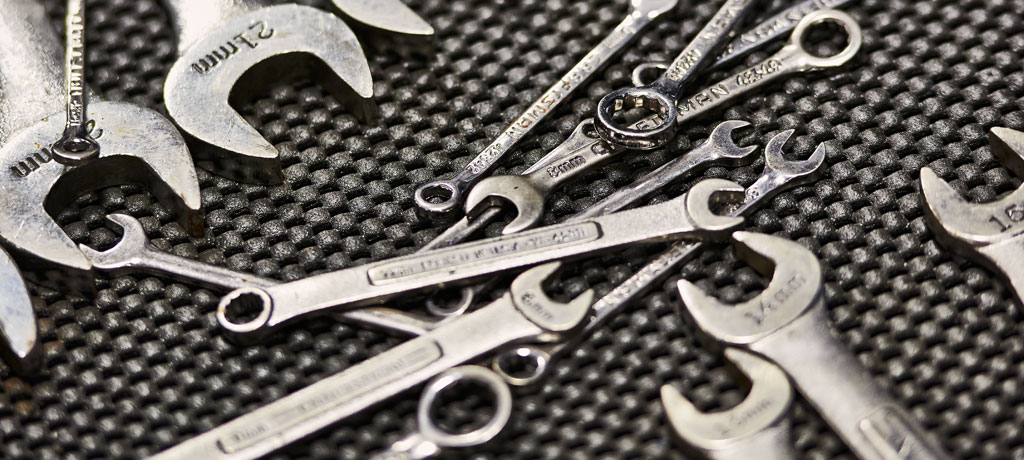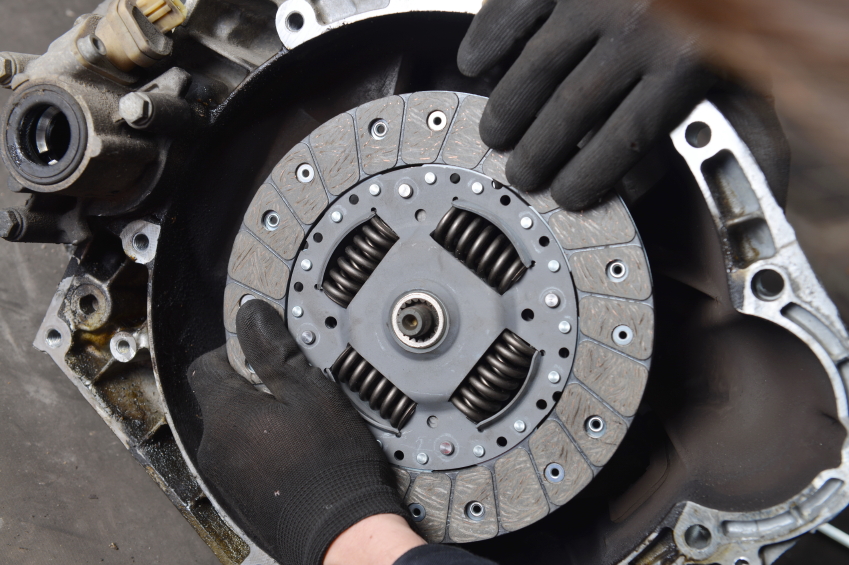What Do the Numbers on Tires Mean? Understanding Tire Sizes
You may have noticed a string of letters and numbers on the side of your tires. Wondering what they mean? Do you even need to know, or can you simply leave them for your mechanic to decode?
Knowing what the numbers on your tires mean can help you keep them in top condition and maximize your fuel efficiency. Understanding tire sizes also avoids awkward moments when your mechanic or tire technician asks you what type of tires you’re shopping for.
Don’t worry, Meineke has your back. Below, we break down what all the letters and numbers on your tires mean.
Decoding the Numbers on Your Tires
The letters and numbers on your tires read from left to right to indicate the type, width, aspect ratio, construction, diameter, load index, and speed rating of your tires. The order is industry-standard, so the meaning of the tire numbers doesn’t change across manufacturers.
You can also find these numbers on the sticker inside your driver-side door.
Type
The first letter on the left is the tire type.
- P: Passenger. This is the most common tire type. It’s used on most cars, SUVs, minivans, and smaller trucks for everyday driving.
- LT: Light Truck. Light truck tires are more sturdy than passenger tires. Their heavy-duty design for SUVs and trucks can handle large loads and more rugged terrains.
- ST: Special Trailer. These tires are specifically for towed items like trailers and campers. They should never be used on a drive or steering axle.
- T: Temporary. A temporary tire is your spare. It’s only a short-term fix for a flat tire and should be replaced with a permanent tire as soon as possible.
Width
The next three numbers indicate the width of your tire, measured in millimeters from one sidewall to the other. This three-digit number is always followed by a forward slash to separate it from the aspect ratio.
Aspect Ratio
The aspect ratio is a bit more difficult to interpret. This number is a percentage representing how the height of the tire’s sidewall compares to its width.
The sidewall is measured from the wheel rim to the top of the tread, and then its ratio to the tire width is calculated. For instance, a 50 after the forward slash would mean the tire height equals half the tire width (50%). The higher the number, the higher the sidewall.
Construction
The next letter tells you about the tire’s construction.
- R: Radial Tires. Most vehicles have radial tires. These are designed with side-to-side, overlapping layers (or plies) of steel and strong fabric cords coated in rubber.
- D: Diagonal Tires. Some tires have diagonal plies. They may also be called bias-construction, conventional, x-ply, or cross-ply tires. The internal layers of these tires crisscross each other at an angle.
- B: Belted Tires. Occasionally you might see a vehicle with belted tires. These are diagonal tires reinforced with a belt made of steel or another strong material.
Diameter
The next two numbers tell you the wheel diameter, from rim to rim, in inches. The inside diameter of the tire needs to match the wheel precisely to mount correctly.
Load Index
The tire load index may have two or three digits. It indicates how much weight the tire can support when properly installed and inflated. The higher the number, the more weight the tire can carry.
The index number is different from the number of pounds the tire can support. You can use a load index chart to find the poundage associated with the index number on your tire.
Speed Rating
The last letter identifies the top speed at which the tire is rated. We don’t recommend testing the limits for accuracy, but it’s good to know anyway. Again, you can use a chart to determine exactly what each letter means.
Other Numbers and Information
You may also spot other information close to the rim of your tire.
One notation starts with DOT. This indicates the tire meets national safety standards and identifies where and when it was manufactured.
The other information is the UTQG (Uniform Tire Quality Grading), which tells you how the tire compares to others regarding treadwear, traction, and temperature.
Putting It All Together with Meineke
Still have questions? Meineke has answers! Bring your car into your local Meineke for a tire inspection to maintain or improve fuel efficiency.






